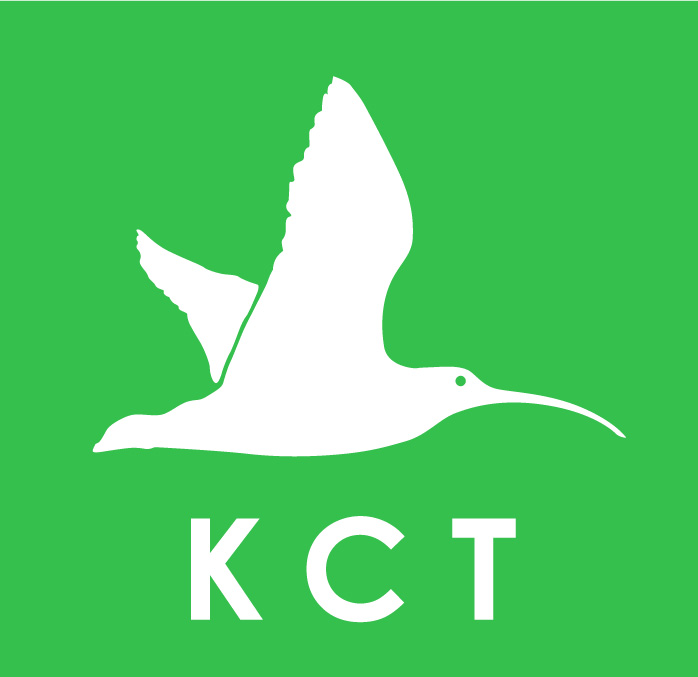| |
| |
KCT is overseen by a Board of Governors whose members donate their time and professional expertise to the Trust. As charity trustees, the governors are legally responsible for all the Trust’s activities. They provide strategic guidance, formulate policy, set and monitor budgets, and promote effective risk management. For more information, please visit our Governance page.
|
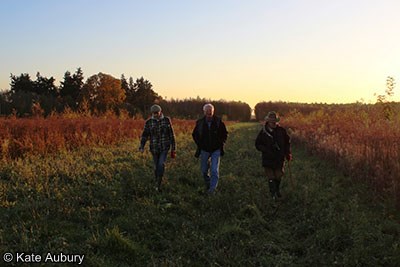
Governors Matthew Darby & Charles Howick walking with Chairman Adrian Darby
|
| Board of Governors |
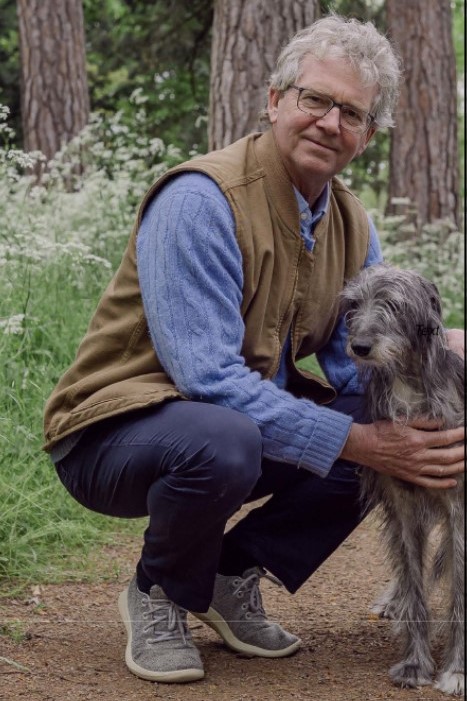 |
Jonathan Chenevix-Trench manages the Madresfield Estate near Malvern, with a focus on sustainable farming and habitat management. He joined Morgan Stanley International in 1984 and served as Chairman and Chief Executive from 2005-2007. He was a Governor of the Royal Ballet School from 2007-2020, and Chair of the Royal Ballet School Endowment Fund. Jonathan also serves on the board of several other charities, including the Three Counties Agricultural Society, The Diocese of Worcester Multi-Academy Trust, the Burghley House Preservation Trust, and is Chair of the Worcester Community Foundation. Jonathan is a keen gardener and has had a life-long interest in British butterflies and moths |
| |
|
 |
Adrian Darby OBE (Chairman Emeritus) founded Kemerton Conservation Trust in 1989. He is the owner of the Kemerton Estate, which collaborates closely with the Trust on nature conservation. He was a fellow and tutor in economics at Keble College, Oxford University (1963–1985), and visiting lecturer in environmental economics at the University of Pennsylvania in 1978. He subsequently served as Chairman of the RSPB (1986–1993), and Vice President from 1996 onwards. His other conservation roles include Chairman of Plantlife International (1994-2002), Chairman of Planta Europa (1998-2004), trustee of the Herpetological Conservation Trust (1995-), Chairman of the UK Committee of the World Conservation Union (1996–1999), board member of the Farming and Rural Conservation Agency (1997-). Most recently he served as Chairman of the Joint Nature Conservation Committee of the United Kingdom (2004-2007). Adrian was appointed OBE for services to nature conservation in 1996. Adrian held the position of Chairman of the Board from the Trust's inception until 2024, when he stepped down. In acknowledgement of his many years' service, the Board voted to award him the honorary title of Chairman Emeritus. |
|
|
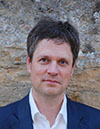 |
Matthew Darby (Chairman) co-founded Kemerton Conservation Trust with his father Adrian in 1989. As well as helping to manage Kemerton Estate, Matthew has worked as a consultant to the Landscape Agency. His other conservation roles include: trustee of Iris Darnton Foundation (2004-), board member of Cotswolds Conservation Board (2007-) and board member of the National Trust Regional Advisory Board (2012-). Matthew was voted Chairman of the Board in 2024. |
|
|
 |
Peter Doble is the farm manager of the Kemerton Estate and brings to the Trust his in-depth knowledge and experience of the interface between farming and conservation. He administers agri-environment schemes on the Trust’s behalf. |
|
|

|
Peter Marren is a writer and sometime journalist on conservation matters, as well as a book reviewer, obituarist, bibliophile and amateur military historian. His twenty-odd books include a biography of our senior series of nature books (The New Naturalists), a long walk through the rarer plants of the British Isles (Britain's Rare Flowers), a cultural encyclopedia of invertebrates (Bugs Britannica) and a lengthy explanation of why fungi are interesting (Mushrooms). His latest book, Rainbow Dust, out in July (Square Peg), attempts new ground as an exploration of the thoughts and emotions inspired by butterflies. His latest project is to see all the native and long-established wild flowers and ferns in Britain and then write about them. Just 50 to go. Marren served the Nature Conservancy Council in Scotland and England in a variety of roles between 1977 and 1991. While a naturalist in the broad sense he also specialises in the larger fungi, butterflies and moths and landscape history. He co-leads nature tours abroad and enjoys getting to know wild plants and animals from around the world. His long-running column in British Wildlife, Twitcher in the Swamp, attempts to be funny about conservationists. |
| |
|
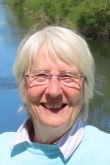 |
Rosemary Winnall MBE taught in Outdoor Education Centres in Snowdonia and Gower prior to becoming Education Manager with the Forestry Commission running the Wyre Forest Discovery Centre, an environmental education centre for children and adults of all ages. She is a Worcestershire naturalist, biological recorder, founder member of the Wyre Forest Study Group and joint author of The Nature of Wyre. She writes regularly for the Worcestershire Wildlife Trust, is a keen nature photographer, and celebrates wildlife through speaking to groups across the midlands. With her husband she owned and managed a Special Wildlife Site for over 20 years. Rosemary was awarded the Worcestershire Wildlife Medal in 2011 for ‘dedicated services to nature conservation in Worcestershire’ and the MBE in 2015 for ‘services to the natural environment. |
| |
|
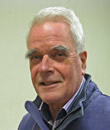 |
Roger Umpelby’s working career was as an applied entomologist. After initially joining the Ministry of Agriculture’s Harpenden Laboratory, he was subsequently out-stationed to Wye in Kent for 15 years before moving to MAFF’s Evesham Laboratory. Roger’s work involved both research and advisory work, mainly on integrated pest management. Ultimately, biological control and habitat management to encourage naturally-occurring beneficials, became the focus of his work. With a life-long love and respect for the natural world, moving to live on the edge of Bredon Hill in 1983 was a wonderful opportunity to record and photograph all its diverse wildlife. Roger regularly gives talks to professional and amateur organisations, many of which are about local wildlife. He also writes articles and papers for various publications and submits records to the Worcestershire Biological Records Centre. |
|
|
|








